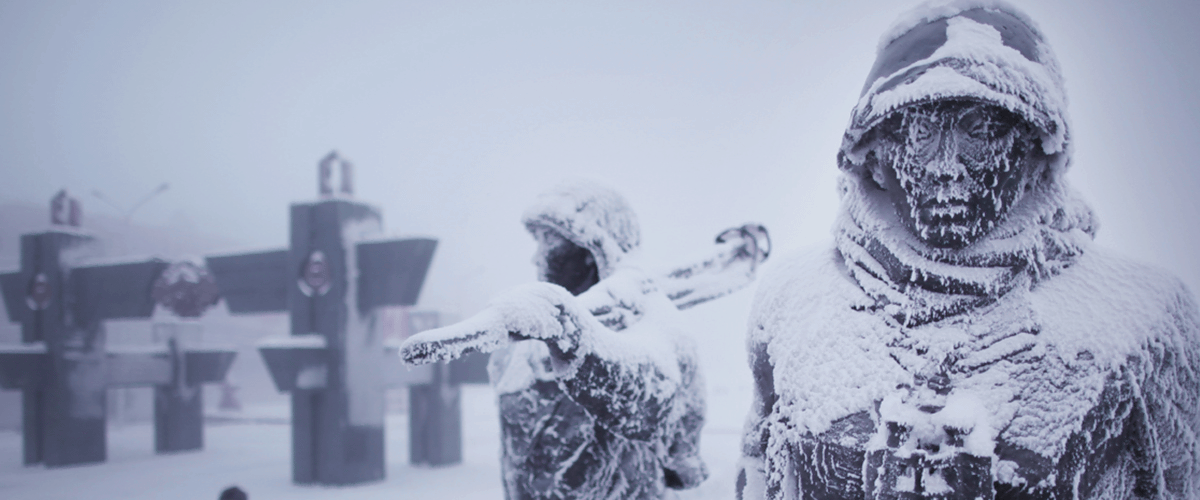The winter season is cold. I know, big surprise. But with that cold comes a new slew of dangers that we need to be prepared for. There are countless cases of hypothermia ever winter. Here’s how to identify, prevent, and treat the affliction.
Hypothermia in and of itself means that the body is below a safe temperature. Specifically, it’s when our core temperature drops below 95 degrees, instead of being at the normal 97 to 99 degrees. The dangers involved with it are centered around the diseases and operating difficulties of this change.
The body is durable on the outside but surprisingly fragile on the inside. Even a change as small as this is enough to cause organs to struggle and illnesses to take over. It also is a sign of harder cold damage from the outside of the body. To be cold enough to lower your core temperature likely means that your extremities, such as fingers, are likely at risk of far lower temperatures, and even frostbite.
What It Looks Like
The body will do it’s best to fight against the cold. We can use these automatic responses to identify when hypothermia has occurred. The colder you get, the more noticeable these symptoms become.
Shivering is the most immediate and obvious one. When temporary (shivering while your car warms up), is just fine, prolonged shivering is a sign that the person in question needs more warmth lest they get hypothermia.
The second most noticeable symptom is mental. As the brain cools, various mental cognitions will start to slow and diminish. This can result in confusion, incoordination, lethargy, and slurred speech. Prolonged or severe enough situations can result in loss of consciousness.
The third symptom is the skin. If not sufficiently warm, it will turn waxy and white, then blue as it gets colder, then finally black. This is called gangrene and is the complete death of the tissue affected.
Prevention
The obvious answer: get warm. Since all of this is about being cold, then warmth is the best method of prevention. But if you can’t find somewhere warm, there are a few things you can do to keep yourself safe.
There’s a common acronym called COLD, which stands for Cover, Overexertion, Layers, and Dry. They are the four most vital methods of staying warm in cold climates.
- Cover: Leave as little bare skin as possible, wear gloves, hats, masks, etc.
- Overexertion: Don’t do it. exhausting yourself will lead to sweat, which is water loss, which is heat loss.
- Layers: Instead of one big jacket, how about an undershirt, a shirt, a down jacket, then a windbreaker? multiple layers will hold heat in for longer. This can be applied to socks, gloves, etc.
- Dry: Staying dry should be a priority, as liquid absorbs heat away much faster.
Treatment
Again the obvious: get a person with hypothermia somewhere warm. It’s the details that matter. Don’t bring them somewhere too hot. Warmth is good, but extreme shifts in temperature can put a body in shock. If they’re unconscious, then watch their breathing to make sure they’re still kicking.
If they have any wet clothing, remove it, it will only hinder the warmth process. cover them with dry blankets and fabrics. If safe to do so, you can share body heat by making skin to skin contact with them. This, of course, requires both members to be naked, so make sure you can safely expose each other before trying this.
Warm beverages can help since the stomach is in your core. Just make sure the warm beverage is not alcoholic or caffeinated.
Conclusion
With proper prevention, you should never have to treat for hypothermia. But as the nature of prepping, it’s important to know how if you have to.

